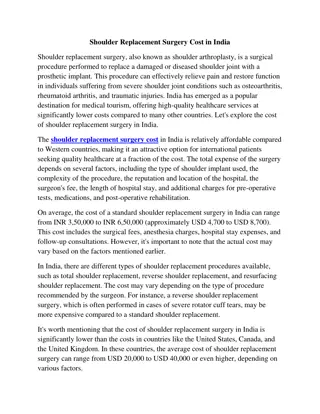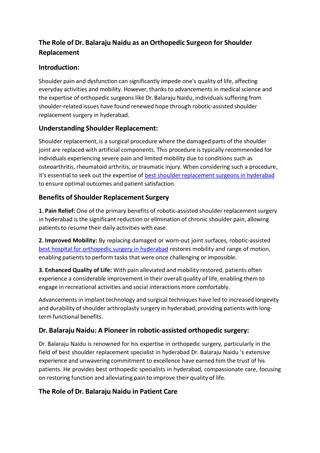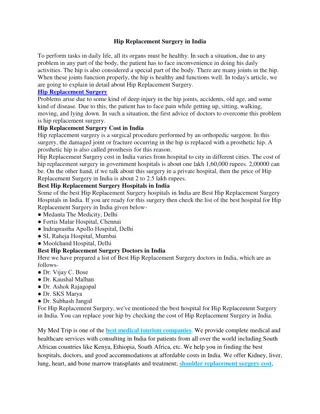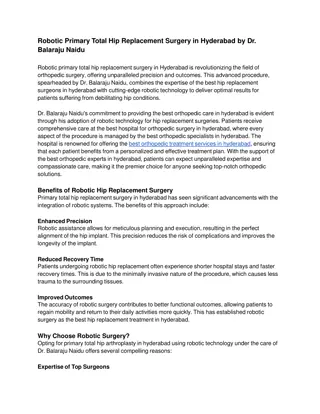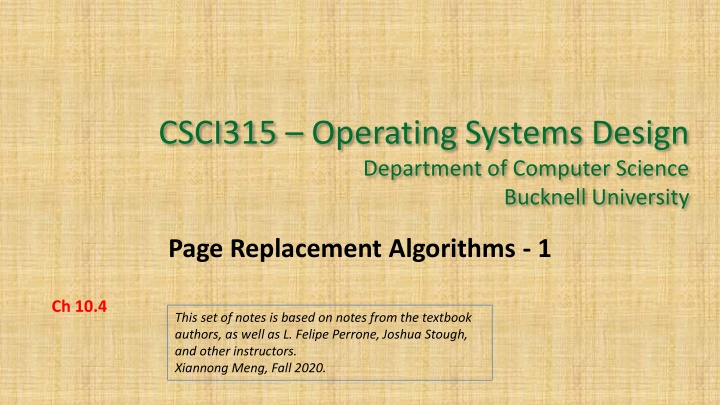
Page Replacement Algorithms in Operating Systems Design
Learn about page replacement algorithms in operating systems design, including the need to replace a page, basic page replacement steps, evaluation of algorithms, Belady's anomaly, and the optimal replacement algorithm. Explore how these algorithms help manage memory efficiently.
Download Presentation

Please find below an Image/Link to download the presentation.
The content on the website is provided AS IS for your information and personal use only. It may not be sold, licensed, or shared on other websites without obtaining consent from the author. If you encounter any issues during the download, it is possible that the publisher has removed the file from their server.
You are allowed to download the files provided on this website for personal or commercial use, subject to the condition that they are used lawfully. All files are the property of their respective owners.
The content on the website is provided AS IS for your information and personal use only. It may not be sold, licensed, or shared on other websites without obtaining consent from the author.
E N D
Presentation Transcript
CSCI315 Operating Systems Design Department of Computer Science Bucknell University Page Replacement Algorithms - 1 Ch 10.4 This set of notes is based on notes from the textbook authors, as well as L. Felipe Perrone, Joshua Stough, and other instructors. Xiannong Meng, Fall 2020.
The Need To Replace A Page When a page is referenced by a process, it is possible that the needed page is not in memory, resulting in a page fault. The missing page needs to be brought into the memory. What if there is no free memory frame for the needed page? We need to remove an existing page to make space for the new page!
Basic Page Replacement 1. Find the location of the desired page on disk. 2. Find a free frame: - If there is a free frame, use it. - If there is no free frame, use a page replacement algorithm to select a victim frame. 3. Read the desired page into the (newly) free frame. Update the page and frame tables. 4. Restart the process.
Page Replacement victim page victim frame
Page Replacement Algorithms Goal: Produce a low page-fault rate. Evaluate algorithm by running it on a particular string of memory references (reference string) and computing the number of page faults on that string. The reference string is produced by tracing a real program or by some stochastic model. We look at every address produced and strip off the page offset, leaving only the page number. For instance: 1, 2, 3, 4, 1, 2, 5, 1, 2, 3, 4, 5
FIFO Page Replacement Reference string: 1, 2, 3, 4, 1, 2, 5, 1, 2, 3, 4, 5. 3 frames 1 1 4 5 2 2 1 3 9 page faults 3 3 2 4 1 1 5 4 2 2 1 10 page faults 5 4 frames 3 3 2 4 4 3 FIFO Replacement Belady s Anomaly: more frames, more page faults, in this case.
Optimal Algorithm Replace the page that will not be used for the longest period of time. 4 frames example: 1, 2, 3, 4, 1, 2, 5, 1, 2, 3, 4, 5 1 4 2 6 page faults 3 4 5 Used for measuring how well your algorithm performs. How can you know what the future references will be?
Another FIFO Page Replacement Example FIFO: 15 page faults
Optimal Page Replacement Optimal: 9 page faults with the same reference string
Optimal not Practical! Optimal page replace algorithm works great, except it is not practical! Compare to optimal CPU scheduling algorithm (Shortest-Remaining- Time-First) We will try to approximate the optimal algorithm In CPU scheduling, we try to predict the next CPU burst length and use it to approximate the SJF In page replacement, we use LRU (Least Recently Used) to approximate the optimal algorithm
LRU Algorithm Reference string: 1, 2, 3, 4, 1, 2, 5, 1, 2, 3, 4, 5 1 5 Optimal: 6 page faults LRU: 8 page faults 2 3 5 4 4 3 It works great! But, how do we implement the LRU algorithm? (more later.)
LRU Page Replacement Optimal: 9 page faults LRU: 12 page faults
LRU Algorithm (Cont.) Stack implementation keep a stack of page numbers in a double link form: Page referenced: move it to the top requires 6 pointers to be changed No search for replacement.
LRU and Beladys Anomaly LRU does not suffer from Belady sAnomaly (OPT doesn t either). It has been shown that algorithms in a class called stack algorithms can never exhibit Belady s Anomaly. A stack algorithm is one for which the set of pages in memory for n frames is a subset of the pages that could be in memory for n+1 frames.

